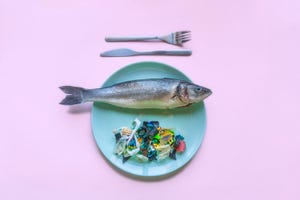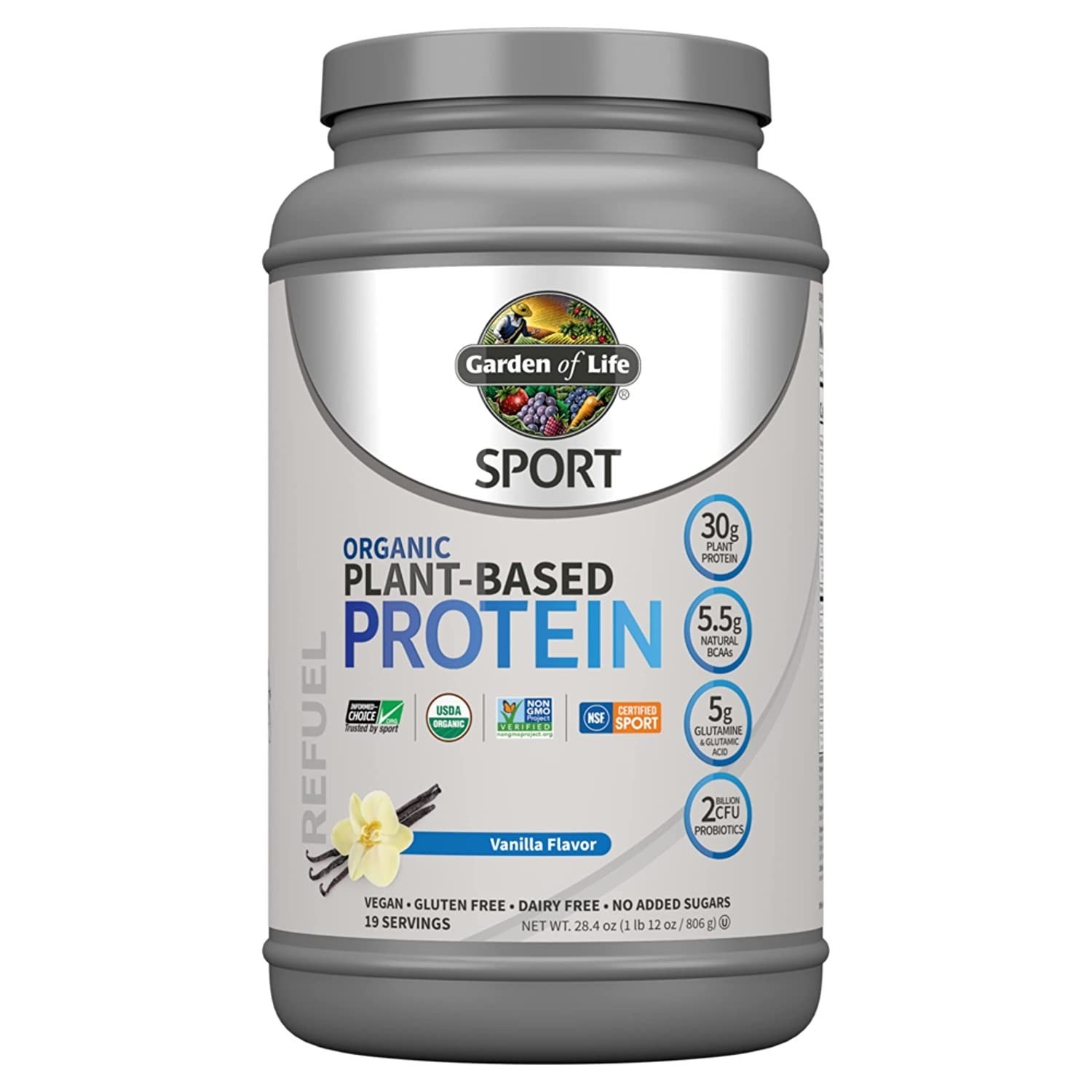Summary
Microplastics are prevalent in kitchens and foods, with Americans consuming an estimated 39,000 to 52,000 particles annually, raising health concerns due to their presence in our diet.
Source: cnet

AI News Q&A (Free Content)
Q1: What are microplastics and how do they enter our food chain?
A1: Microplastics are small plastic particles less than 5mm in size. They enter the food chain through the degradation of larger plastic products, runoff from industry, and household sources like synthetic clothing and cosmetics. These particles persist in the environment, especially in aquatic ecosystems, and can accumulate in the bodies of organisms, moving up the food chain to humans.
Q2: How do microplastics impact human health, particularly concerning food consumption?
A2: Microplastics can be found in various foods, especially seafood, and their ingestion has raised concerns about potential health impacts. Studies indicate that these particles can accumulate in human tissues and potentially lead to adverse health effects, such as liver infection and intestinal injuries. The full extent of their health impact is still under research, but the pervasive presence of microplastics in our diet is concerning.
Q3: What recent scholarly research has been conducted on the impact of microplastics on soil ecosystems?
A3: Recent research highlights the growing concern over microplastics in soil ecosystems. A bibliometric analysis reveals that microplastics can accumulate in soil, affecting microbial communities and potentially impacting human health through food chains. Research emphasizes the need for multi-level assessments to uncover associated hazards and develop pollution control solutions.
Q4: How might microplastics affect infant health according to recent studies?
A4: A study has linked in-utero microplastic exposure to adverse birth outcomes, such as low birth weight. The research indicates that exposure, particularly during the third trimester, can increase the likelihood of low birth weight, suggesting significant health risks associated with microplastic pollution.
Q5: What are the potential pathways for microplastics to enter human biological systems?
A5: Microplastics can enter human biological systems through ingestion, inhalation, and dermal contact. They are found in food, air, and water, making exposure widespread. Their small size allows them to penetrate biological barriers and accumulate in tissues, posing potential health risks.
Q6: What measures are being suggested to mitigate the impact of microplastics on health and the environment?
A6: Mitigation measures include reducing plastic use, improving waste management, and developing biodegradable alternatives. Research suggests focusing on pollution control at the source and enhancing public awareness about the risks associated with microplastics to drive policy and behavioral changes.
Q7: How does the presence of microplastics in aquatic ecosystems affect wildlife, particularly carnivorous mammals?
A7: Microplastics in aquatic ecosystems can be ingested by wildlife, such as the Eurasian Otter, through their prey. This ingestion is influenced by local pollution sources and can lead to the accumulation of synthetic debris in wildlife, posing threats to their health and the broader ecosystem.
References:
- Microplastics
- Microplastics and human health
- A bibliometric analysis on the current situation and hot trends of the impact of microplastics on soil based on CiteSpace
- Marine Microplastics and Infant Health
- MicroDetect-Net (MDN): Leveraging Deep Learning to Detect Microplastics in Clam Blood, a Step Towards Human Blood Analysis
- Synthetic debris ingestion by carnivorous mammals in aquatic ecosystems: insights from the Eurasian Otter (Lutra lutra) in Europe




